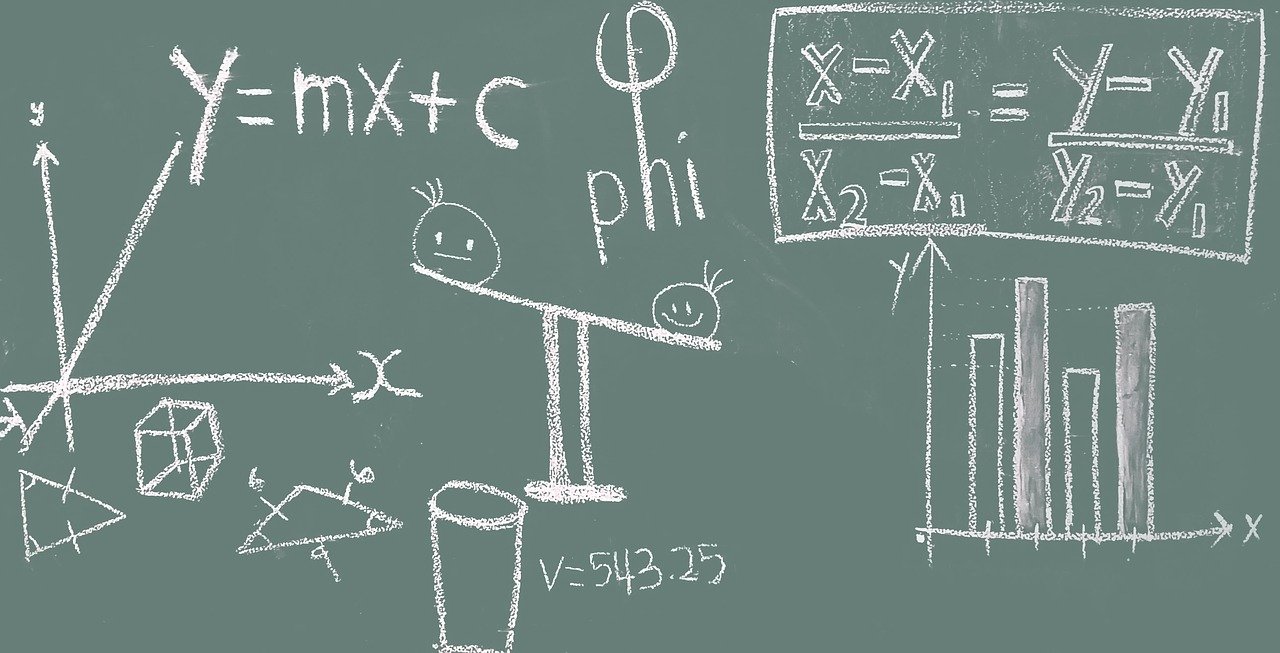Have you heard about the term ‘central tendencies’ in statistics? NO. Let me tell you, central tendencies are the values that generally cluster around the middle values of a given data. There are three types of central tendency. Such as, mean, median, and mode. Mean can be defined as the type of central tendency which is considered to be the middle or average value of the given data. For instance, if a cricketer scores three centuries in three matches, the mean of the score will be written as 100. Median can be defined as the middlemost value of the given data. For example, if the given frequencies are, 3, 5, 7, 8,9, the median will be equivalent to 7. Similarly, the mode of a given observation can be defined as the number that occurs at the highest time in a given observation. We shall discuss the median, mean, and mode in a detailed manner in the coming sections.
What is Median?
Median can be defined as one of the three types of central tendency. It is the middlemost value of the given data when the frequencies are arranged in ascending order. The mathematical formula to calculate the median has been classified into two types: for the odd set of data and the even set of data. For the odd set of data, the formula given is n + ½ th observation. We shall cover some examples related to the median formula in the next section.
What is Mode?
Mode is also one of the types of central tendency. It can be defined as the value which occurs the highest or most of the time in a data. The mode has been classified into three types, unimodal list, bimodal list, and trimodal list. When the given data includes only one mode is defined as a unimodal list. Similarly, for two and three modes, it is defined as the bimodal and trimodal list. Generally, modes are used to find the categorical value of data.
What is Mean?
Mean is the average value of a given data. The mathematical formula to find the mean of a given data is the sum of observation / total number of observations. It is useful to find the averages in various fields such as mathematics, statistics, and many more. We shall cover some examples related to the mean formula in the next section.
Examples Based on the Mode Formula
To recall, the mode is the number that occurs at the highest time in a given observation. For the one mode or unimodal list, there is no such specific formula provided. Some examples are mentioned below.
Example 1: What is the mode for the given data: 2, 5, 7, 5, 10, 9.
Given that,
The total number of observations = 6.
When arranged in increasing order = 2, 5, 7, 5, 9, and 10.
From the given data it seems that the number ‘5’ occurs the most ( 2 times ).
Therefore, the mode for the given observation is = 5.
Examples Based on the Mean Formula
Example 1: Calculate the mean of the given observation: 2, 4, 8, 10, 12 ?
Given that,
Provided Observation = 2, 4, 8, 10, 12.
Total number of observations = 5.
Using the formula of mean, the sum of all observations / by the total number of observations.
2 + 4 + 8 + 10 + 12 / 5 = 7.2
Thus, the mean is = 7.2.
Example-Based on the Median Formula
Example 1: Find the median for the given observation: 1, 3, 6, 8, 3.
Given that,
Provided frequency = 1, 3, 6, 8, 3.
Arranging the frequencies in increasing order = 1, 3, 3, 6, 8.
Using the formula of median = n + 1 /2th term,
5 + ½ = 3rd term.
Therefore, the median of the given observation = 3.
Visit Cuemath to study these concepts in a detailed, fun, and interactive manner.

